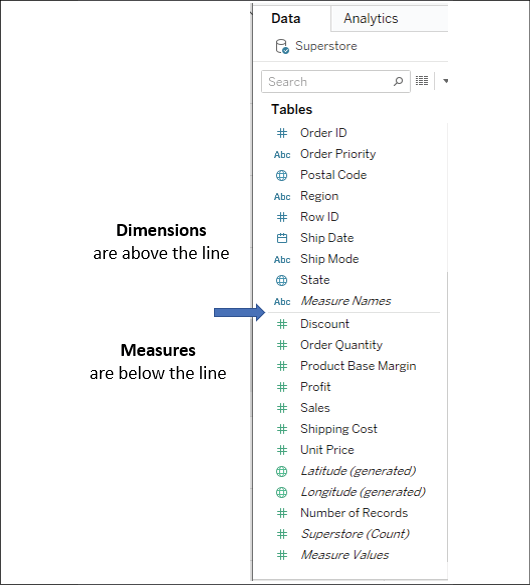Taking Off with Tableau
Tableau is an amazing platform for seeing, understanding, and making key decisions based on your data! With it, you will be able to carry out incredible data discovery, analysis, and storytelling. You'll accomplish these tasks and goals visually using an interface that is designed for a natural and seamless flow of thought and work.
You don't need to write complex scripts or queries to leverage the power of Tableau. Instead, you will be interacting with your data in a visual environment where everything that you drag and drop will be translated into the necessary queries for you and then displayed visually. You'll be working in real time, so you will see results immediately, get answers as quickly as you can ask questions, and be able to iterate through potentially dozens of ways to visualize the data in order to find a key insight or tell a piece of the story.
This chapter introduces the foundational principles of Tableau. We'll...


